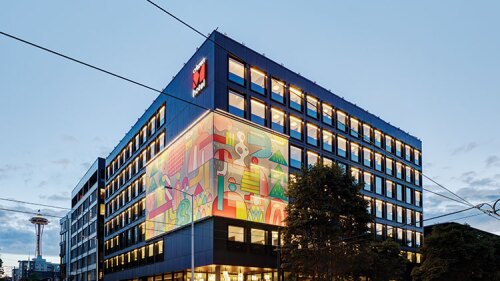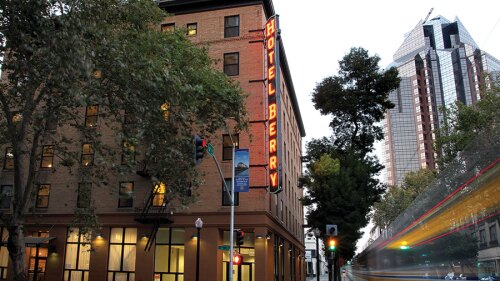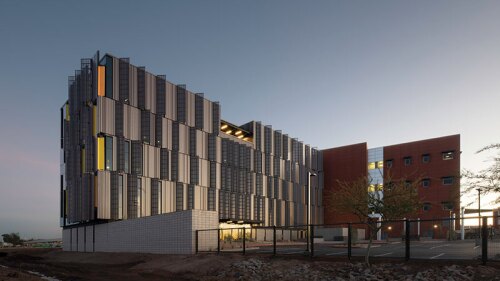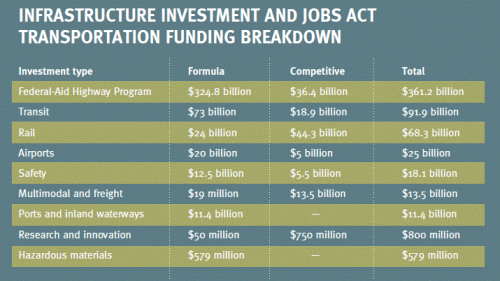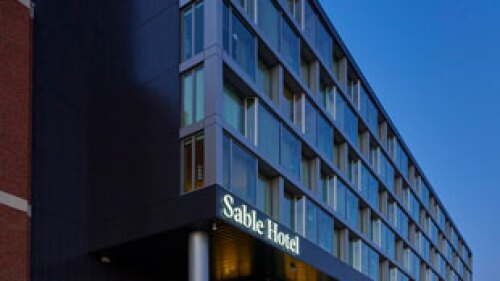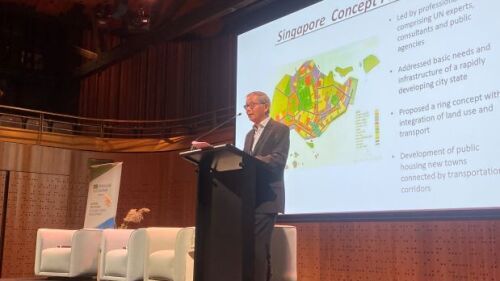Design and Planning
These 10 hotels embody environmental sensitivity plus energy and water efficiency.
Pandemic travel bans shut down many old, obsolete hotels for good. Now, investors are creating new product—from temporary shelter to affordable and market-rate housing.
Sponsored Content:The old adage, “Leave it better than you found it,” is central to Hilco Redevelopment Partners’ vision of transforming old, run-down areas and making the economy, environment, and community more sustainable.
How the Pinal County Attorney’s new office in Florence, Arizona, mimics desert wisdom.
What ULI members need to know to ensure that revenues support equitable decarbonization of the built environment.
Ten developments from across North America have been selected as winners of the 2022 ULI Americas Awards for Excellence. The winners of the ULI Americas Awards for Excellence become finalists for the 2022 ULI Global Awards for Excellence, competing against projects from Europe and Asia. The Institute will announce the winners of the Global Awards ahead of the 2022 ULI Fall Meeting in October.
Over the past two years, McHugh Construction completed several notable hospitality projects, including the Four Seasons Hotel Chicago; Southall, a new 325-acre (131 ha) farm-based resort in Franklin, Tennessee; and Sable at Navy Pier, the first Chicago hotel ever built on top of Lake Michigan.
Thirteen outstanding real estate development projects have been named the winners of the 2022 ULI Asia Pacific Awards for Excellence, one of the real estate industry’s most prestigious honors. This year’s winners include five projects in Australia, four in China, and one each in Malaysia, Maldives, the Philippines, and Singapore, respectively.
Teng Chye Khoo, fellow at the Centre for Liveable Cities and chair of ULI’s Asia Pacific region, presented his views on the lessons underpinning Singapore’s stronghold as one of the world’s most livable cities at a recent ULI Australia event.
Launched in fall 2020, Delve is an evaluation tool that uses artificial intelligence, Geographic Information System, and user input to optimize real estate development by Sidewalk Lab. Currently available on an engagement model, Delve pairs users with a team of consultants to generate highest and best use design options and help find design solutions for the nuances of complex projects. An updated version will be released later this year.

